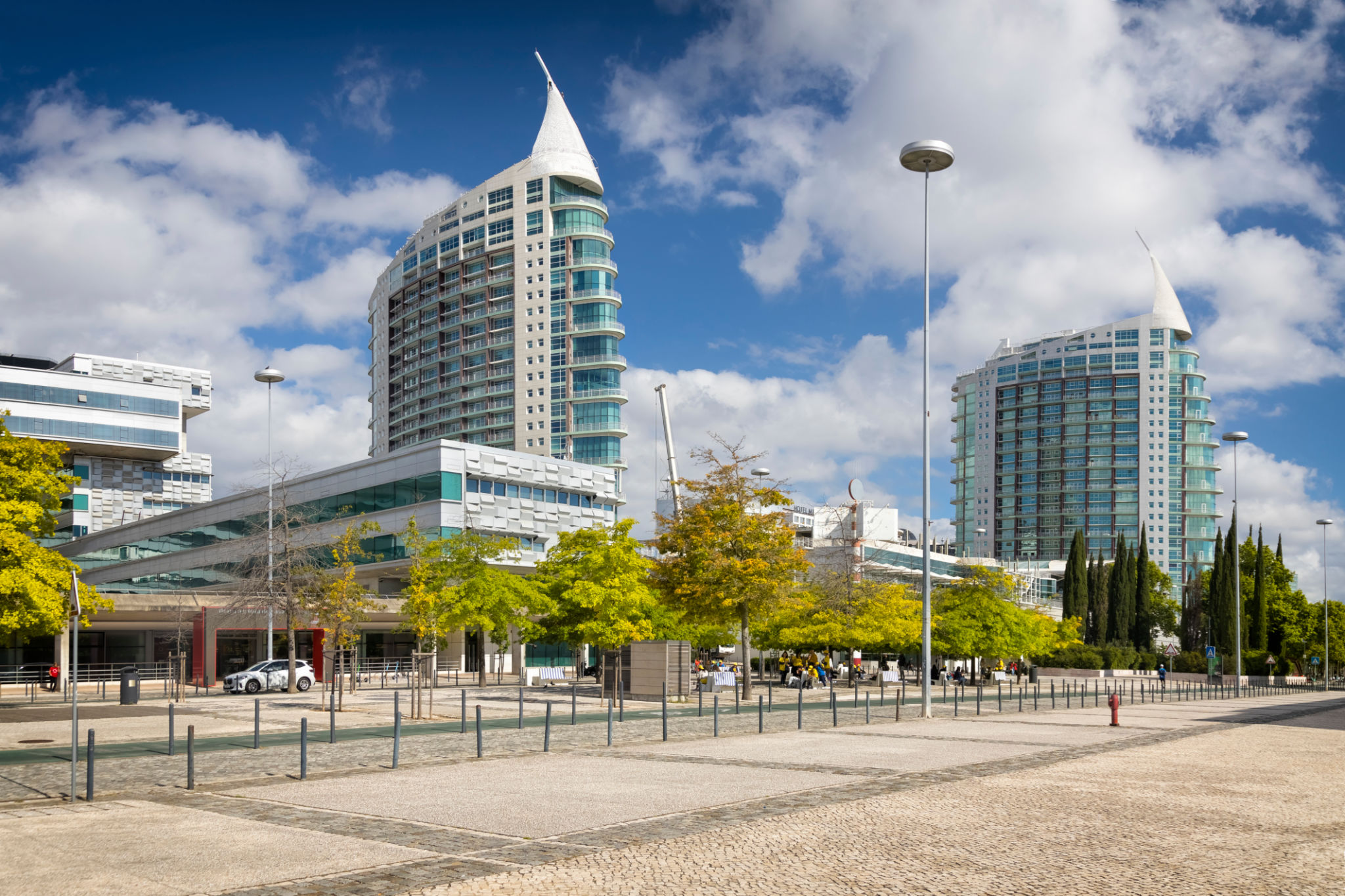Comparing Contemporary vs. Traditional Architecture in Lisbon
Exploring Lisbon's Architectural Landscape
Lisbon, the capital of Portugal, is a city renowned for its rich architectural history, where contemporary and traditional designs coexist in harmony. The city's streets offer a visual feast, inviting both locals and tourists to explore the dynamic interplay between the past and the present. Understanding this blend can enhance one's appreciation of Lisbon's unique identity.
Traditional architecture in Lisbon primarily reflects the city's historical evolution. From the ornate Manueline style, characterized by maritime motifs and intricate details, to the Pombaline style that emerged after the devastating earthquake of 1755, these structures speak of resilience and artistry. The Pombaline buildings, with their grid-like streets and earthquake-resistant features, stand as a testament to innovative design in response to natural calamities.

The Influence of Contemporary Architecture
While traditional architecture tells the story of Lisbon's past, contemporary architecture narrates its present and future aspirations. Modern structures in Lisbon often incorporate cutting-edge materials and sustainable design principles, reflecting a global trend towards eco-conscious urban planning. Iconic examples include the MAAT (Museum of Art, Architecture and Technology) and the Oriente Station, both showcasing bold designs that complement their surroundings.
Contemporary architecture in Lisbon is not just about aesthetics; it also plays a crucial role in urban revitalization. Many old industrial areas have been transformed into vibrant neighborhoods, blending modern living spaces with historical elements. This seamless integration highlights the city's commitment to preserving its heritage while embracing innovation.

Key Differences Between Styles
When comparing traditional and contemporary architecture in Lisbon, several differences stand out. Traditional buildings often feature ornate facades, intricate tilework, and classic materials such as stone and wood. In contrast, contemporary structures tend to favor minimalistic designs, glass facades, and metal finishes.
- Materials: Traditional uses stone and wood; contemporary prefers glass and metal.
- Design: Traditional showcases intricate details; contemporary emphasizes simplicity.
- Purpose: Traditional buildings often serve historic functions; contemporary ones cater to modern needs.

The Symbiotic Relationship
Despite their differences, traditional and contemporary architecture in Lisbon often work together to create a cohesive urban landscape. Many modern buildings draw inspiration from historical styles, incorporating elements like azulejos (ceramic tiles) in their design. This fusion creates a narrative that respects the past while looking towards the future.
Moreover, the city has implemented policies to ensure that new developments harmonize with existing historical areas. These measures help maintain Lisbon's architectural integrity, allowing both styles to coexist without overshadowing one another.
Conclusion: A City of Contrasts
Lisbon's architectural landscape is a study in contrasts, where the old meets the new in delightful ways. Whether you are wandering through the narrow streets of Alfama or marveling at the sleek lines of modern structures, the city offers an unparalleled architectural experience. By embracing both traditional and contemporary styles, Lisbon continues to captivate and inspire all who visit.
The blend of these architectural styles not only enriches the city's visual appeal but also underscores its cultural vibrancy. As Lisbon evolves, it remains a beacon of innovation rooted in tradition, inviting exploration at every turn.
